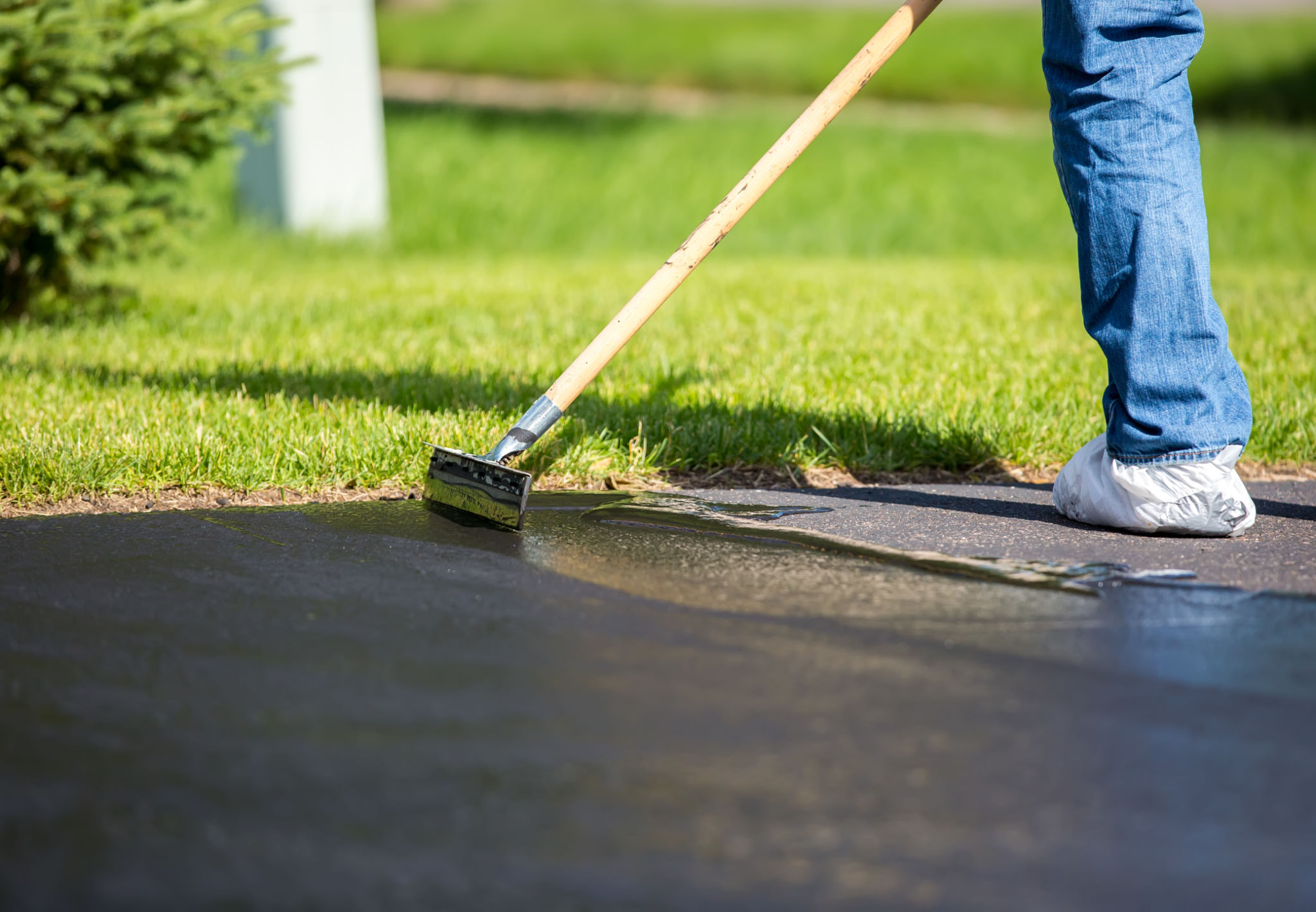Common Mistakes in Driveway Installation and How to Avoid Them
Understanding the Basics of Driveway Installation
Installing a driveway might seem like a straightforward task, but several common mistakes can affect its durability and appearance. Understanding the basics of driveway installation can help you avoid these pitfalls. The first step is choosing the right materials. Whether it's asphalt, concrete, or pavers, each option comes with its own set of benefits and drawbacks. Selecting the right material based on your climate and usage is crucial.

Another fundamental aspect is understanding the design and layout of your driveway. A well-thought-out design not only enhances curb appeal but also ensures proper functionality. Make sure to plan for adequate drainage and consider the slope of your driveway to prevent water pooling and damage.
Improper Preparation of the Subgrade
One of the most common mistakes in driveway installation is improper preparation of the subgrade. The subgrade acts as the foundation for your driveway, and any errors here can lead to cracking or shifting later on. It's essential to remove all organic matter, such as grass or roots, and ensure the subgrade is compacted properly.
Failing to compact the subgrade adequately can result in uneven settlement, which can compromise the structural integrity of your driveway. Using the right equipment and techniques during this phase will set a solid foundation for the rest of the installation.
Ignoring Proper Drainage
Another significant mistake is ignoring proper drainage systems. Water is one of the biggest threats to driveways, leading to erosion, cracking, and even flooding. Ensuring that your driveway has a slight slope will allow rainwater to run off efficiently. Additionally, installing drains or culverts might be necessary to manage excess water effectively.

Without proper drainage, even a well-installed driveway can suffer from water damage over time. Consider consulting with a professional to assess your property's drainage needs before starting your project.
Using Inappropriate Materials
Choosing inappropriate materials for your driveway is another mistake that can lead to long-term issues. For instance, using a material that cannot withstand local weather conditions might result in premature wear and tear. It's essential to select materials that are suitable for your specific environment.
Furthermore, quality matters when it comes to materials. Investing in high-quality asphalt or concrete can increase the lifespan of your driveway, making it a more cost-effective choice in the long run.
Neglecting Regular Maintenance
Once your driveway is installed, maintaining it is crucial for longevity. Neglecting regular maintenance can lead to cracks, potholes, and other damages that are costly to repair. Regularly inspecting your driveway for signs of wear and tear and addressing them promptly can prevent more significant issues down the line.

Simple maintenance tasks such as sealing cracks, cleaning oil spills, and removing debris can go a long way in preserving the appearance and functionality of your driveway. Establish a routine maintenance schedule to keep your driveway in top condition.
Conclusion: Invest in Professional Installation
Avoiding these common mistakes can save you time, money, and headaches in the future. While some homeowners may feel confident tackling a driveway installation themselves, investing in professional installation is often worth it. Experienced professionals have the knowledge and tools required to ensure a successful project.
By understanding these common pitfalls and taking proactive steps to avoid them, you can ensure that your driveway remains a valuable asset to your property for years to come.